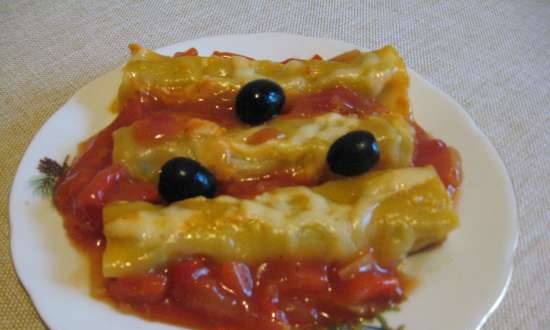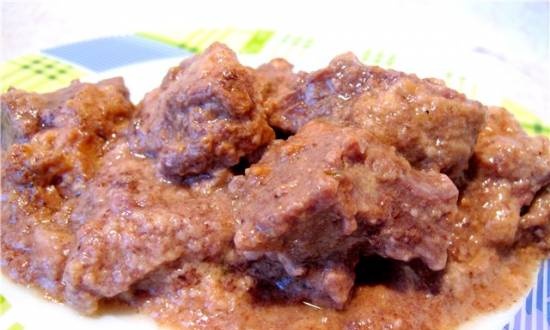Decorative and useful properties of the cuff |
|
The cuff can be found in fields, meadows, and also in the forest zone in many regions of Russia. The height of the plant can be from 15 cm to half a meter, it depends, of course, on the variety. Cuff varieties
For use in garden design, it is better, of course, to choose varietal plants, since the common cuff is easily exposed to such a disease as powdery mildew, and it is less decorative, although summer residents plant it on their flower beds. The cuff blooms with very small flowers of a greenish-yellow hue, collected in loose inflorescences, for a very long time, from the beginning of summer to August. The leaves of the unusual shape of this plant also have their own decorative effect.
Growing and careThe best place for the cuff is in a place with diffused sunlight. In such an area, the plant will have enough moisture in the soil. If you plant the cuff in the open sun, then it will need to be watered as needed. The cuff grows well on loamy fertile soil, on a poor plant will develop poorly. Caring for the cuff is completely uncomplicated and easy. It will be necessary to remove dried inflorescences from plants in a timely manner in order to preserve its decorative effect. Apply top dressing so that the leaves of the cuff remain saturated green for longer, and loosen the soil. Where the cuff grows, there is simply no place for weeds to live. The cuff grows well for many years in one place. Reproduction of the cuffThe cuff is propagated in different ways: by seeds, cuttings or by dividing the bush. For seeds to sprout, they must be stratified. It is recommended to propagate the plant by cuttings after flowering. You can divide the cuff bushes at any time from the beginning of plant growth until the onset of autumn. Diseases and pests of the cuffSome varieties of cuff can be exposed to powdery mildew. Planted under the dense crowns of trees, these plants are at risk of developing black rust. Of the pests for the cuff, slugs and snails can be dangerous, especially in rainy summers. Garden design cuff
Companions of the cuff can be:
Useful properties of the cuffThe cuff helps in the treatment of diseases such as hypertension, angina pectoris, atherosclerosis, menstrual irregularities, it is used to treat diabetes mellitus, pancreatitis, infertility. The cuff regulates the endocrine system well, therefore it is also used for disorders of the pancreas. Tea from the leaves of the cuff lowers blood pressure well, this plant cleanses blood vessels, removes toxins from the body, and has a good effect on the condition of the joints. In addition, the cuff is used for stomach diseases, for bloating, for internal hemorrhoids. The cuff has an anti-inflammatory, vasoconstrictor, and hemostatic effect.
Leaves and flowers are cut and laid out on paper to dry completely. The raw material dries very quickly, 3-4 days. When drying, the sun should not be allowed to fall on the grass, otherwise it will lose some of its healing properties. For treatment, both dry grass and freshly harvested are used. To prepare a medicinal infusion, you need to take 2 tbsp. tablespoons of fresh leaves of the cuff and pour them with 1 cup of boiling water. This tea should be infused for 20 minutes. Then filter and apply half a glass 3 times a day. In addition, the cuff is also used in cooking. From young leaves and shoots of the plant, salads and soups are prepared. Dear gardeners and summer residents! Nature has prepared for all of us a huge number of plants that are useful both in the garden and for the treatment of various diseases, therefore, pay attention to the cuff. Lenara |
| Violation of the dormant period in the vegetative parts of the plant | Growing legumes |
|---|
New recipes
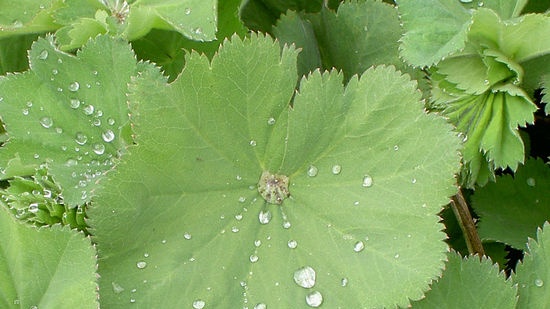 Surely, many of you, dear gardeners, know such a plant as the common cuff.
Surely, many of you, dear gardeners, know such a plant as the common cuff.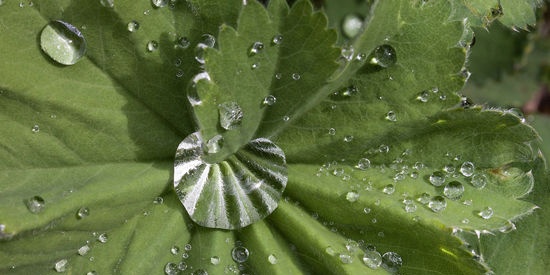 The cuff is a completely unpretentious plant, it is combined in flower beds with many other flowers, therefore, using a cuff in the garden is a good decision, but rather even a winning one.
The cuff is a completely unpretentious plant, it is combined in flower beds with many other flowers, therefore, using a cuff in the garden is a good decision, but rather even a winning one. The cuff can be widely used in garden decoration. This plant will be appropriate both near a reservoir and on an alpine hill, it looks good both surrounded by other garden crops, and in independent flower beds. Low-growing varieties look great along paths or paths in the garden.
The cuff can be widely used in garden decoration. This plant will be appropriate both near a reservoir and on an alpine hill, it looks good both surrounded by other garden crops, and in independent flower beds. Low-growing varieties look great along paths or paths in the garden.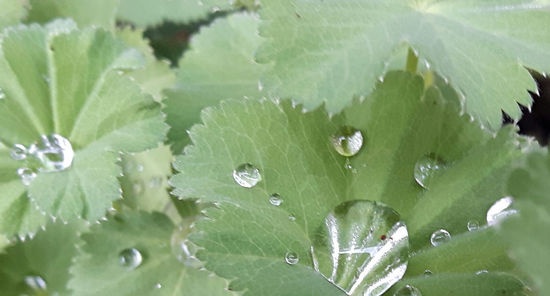 Medicinal raw materials are cuff leaves and flowers. Plants are harvested in dry weather, preferably in the morning. The collection of raw materials can be carried out from June to September.
Medicinal raw materials are cuff leaves and flowers. Plants are harvested in dry weather, preferably in the morning. The collection of raw materials can be carried out from June to September.





